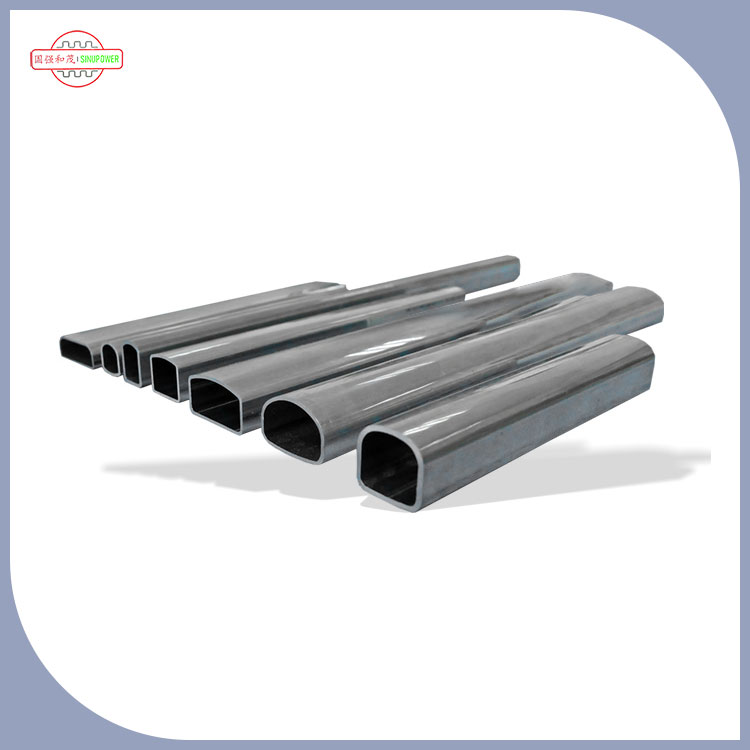The aluminum battery water cooling plate with tubes has the following characteristics:
Efficient heat dissipation: Water has a high specific heat capacity and heat transfer coefficient, which can quickly remove the heat generated by battery operation. It can dissipate hundreds of watts to over kilowatts of heat, with fast cooling speed, effectively avoiding battery overheating. The internal cooling channel design of the water-cooled plate is exquisite, which can evenly distribute the water flow, fully contact the surface of the battery, optimize the heat conduction efficiency, ensure uniform temperature of the entire battery pack, and prevent local overheating.

High reliability: Using high-quality sealing materials and technologies such as O-rings, sealants, etc., combined with precision machining and advanced welding processes such as laser welding and brazing, can ensure the sealing of the water-cooled plate and prevent coolant leakage. In addition, corrosion-resistant coating treatment will be applied to the cooling channels and connecting parts to improve the durability of the water-cooled plate under various environmental conditions and ensure long-term stable operation.
Lightweight: The density of aluminum alloy is about one-third of that of copper. Using aluminum alloy material to manufacture water-cooled plates can effectively reduce the weight of the battery system while ensuring heat dissipation performance, which helps to improve the range of electric vehicles and meet the pursuit of energy density in power battery systems.
Flexible design: The internal channel size and path can be freely designed according to the layout and heat dissipation requirements of the battery module, which can adapt to thermal management products with high power density, irregular heat source layout, and limited space. It can be flexibly applied to different types of battery systems and vehicle platforms.
Good compatibility: The modular design allows it to be matched with battery systems of different powers and environments, and can be easily integrated into the overall cooling system of the vehicle, working together with other cooling components to achieve more efficient thermal management.
Environmental protection and energy conservation: Compared with air cooling and other cooling methods, water-cooled cooling systems do not require a large number of fans during operation, reducing energy consumption and noise generation, and have good energy-saving and environmental protection effects.